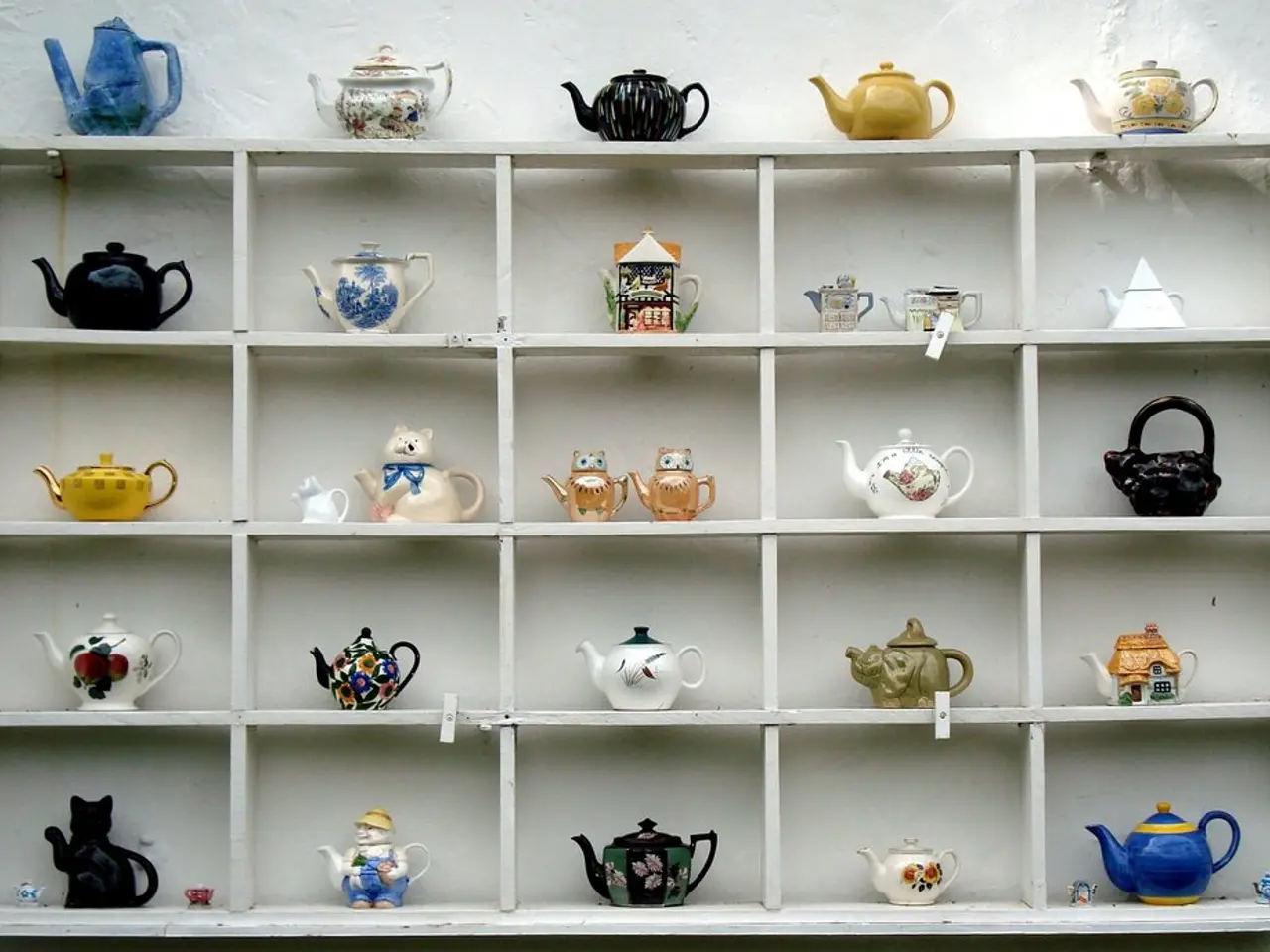Unraveling the Distinctions: Ceramics vs. Pottery - A Comprehensive Examination
From the humble beginnings of humanity, pottery and ceramics have played a pivotal role in shaping societies, serving as both functional tools and artistic expressions. With origins dating back over 20,000 years, these creations reflect the progression of civilizations and their mastery over clay and firing technology.
Pottery, in particular, is among the earliest inventions, with artifacts dating as far back as 28,000 BCE. It flourished in ancient civilizations, like Ancient Greece and Iran (Persia), where it evolved into refined art forms and served daily, ceremonial, and cultural purposes. Greek pottery, for instance, is renowned for its aesthetic sophistication, featuring detailed figurative painting and geometric patterns that portray mythology and daily life. Persian ceramics exhibit artistic diversity through intricate motifs and glazes, offering archaeologists a "window to the past" and revealing information on ancient economic systems, societal structure, trade, and cultural exchanges.
The historical significance of pottery lies in its everyday utility and as a tangible cultural record. Pottery shards enable archaeologists to reconstruct timelines, trade routes, and interactions between ancient peoples. In public and commercial areas, both ceramics and pottery contribute to cultural aesthetics, enhancing the visual appeal of spaces.
Composition and production processes are integral to the unique properties of pottery and ceramics. Primarily consisting of clay and other inorganic materials, these creations are shaped and fired at high temperatures to create durable ceramic ware. The firing process transforms raw clay into a ceramic material that is both durable and functional, while allowing artistic expression through surface treatments.
Ceramics have served a wide array of roles throughout history, from domestic utility to structural and technological applications. In contemporary times, ceramics are used in advanced fields like medical implants, automotive parts, and electronic devices due to their resistance to wear and electrical insulation properties. Pottery, on the other hand, is appreciated for its aesthetic and practical domestic uses, such as food storage jars and containers.
The joy of collecting ceramics and pottery comes from a personal connection, as collectors cherish the stories and emotions linked with their pieces. Collectors often look for the uniqueness in a piece, such as a rare design, an artist's signature, or a notable production method, to enhance appreciation and valuation. With their durability and historical insight, pottery and ceramics are highly valued among collectors and historians.
In sum, pottery and ceramics stand as critical markers of human civilization, combining scientific ingenuity, practical necessity, artistic expression, and historical narrative. Their production processes and compositions have evolved, but their fundamental role in society as everyday objects and cultural documents remains unchanged. Understanding the differences between pottery and ceramics, from their compositions to their production processes, helps in making informed choices when collecting.
Engaging in ceramics crafts, such as handmade pottery, opens up a fascinating doorway to education and self-development. The gentle yet precise manipulation of clay mirrors the journey of ancient civilizations, with ceramics serving as an enduring testament to human ingenuity and artistic expression.




